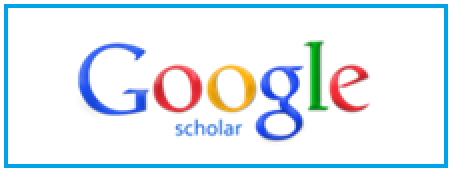QUANTUM LEARNING MODEL TO INCREASE SCIENCE LEARNING ACTIVITIES
DOI:
https://doi.org/10.55681/sentri.v1i4.307Keywords:
Learning Activities, Natural Sciences, Quantum Learning ModelAbstract
Based on the observation of student activity in grade 6 of elementary school as a whole during the process of learning science activities, there was a problem that science learning activities were still low. This is evidenced by observational data which shows that science learning activities only reach 40%. The low science learning activity is caused by several factors, including; (1) learning is still centered on the teacher (teacher center), (2) the model used by the teacher is the lecture model. The appropriate solution to this problem is to apply the Quantum Learning model . The teacher has applied the Quantum Learning model in science learning for 3 years. As long as using the Quantum Learning model in science learning, science learning activities are consistently obtained.
Downloads
References
De Porter, Bobbi and Mike Hernachi. Alwiyah Abdurrahman's translation. 2000. Quantum Learning: Make Learning Comfortable and Fun. Bandung: Kaifa.
DePorter, Bobbi. 2007. Quantum Teaching Practicing Quantum Learning in classrooms . Bandung: Kaifa.
Haryanto. 2004. Science for Elementary School class I1 . Jakarta: Erlangga.
Nasution, S. 1996. Didactic Principles of Teaching , Bandung: Jemmars.
Poedjiadi, Anna . 2005. Science Technology Society of Value-Loaded Contextual Learning . Bandung: Rosdakarya Youth.
Sudjana, Nana. 2005. Assessment of Teaching and Learning Outcomes . Bandung: Rosdakarya Youth.
Sugiyanto. 2008. Innovative Learning Models. Surakarta: District 13 Teacher Certification Committee.
Suyatna, Agus. 2009. The Relationship between Learning Outcomes and Students' Attitudes and Activities In Learning Physics with an Inquiry Approach , Paper: Physics Education Study Program, FKIP University of Lampung.
Downloads
Published
How to Cite
Issue
Section
License
Copyright (c) 2022 SENTRI: Jurnal Riset Ilmiah

This work is licensed under a Creative Commons Attribution-NonCommercial-ShareAlike 4.0 International License.









